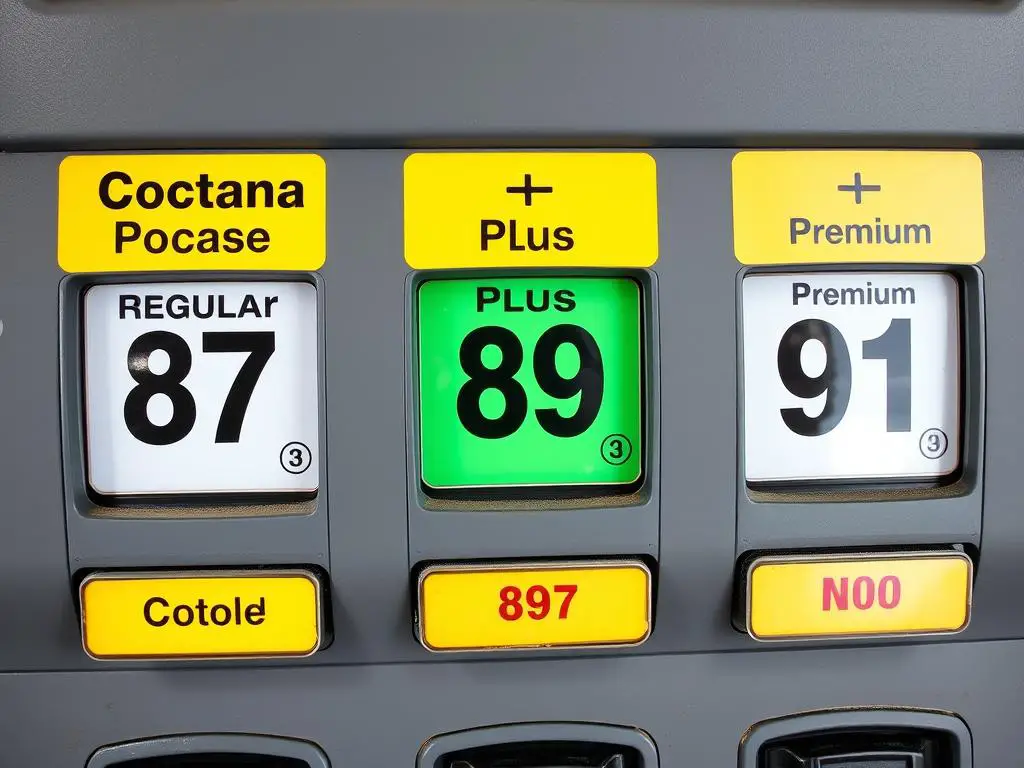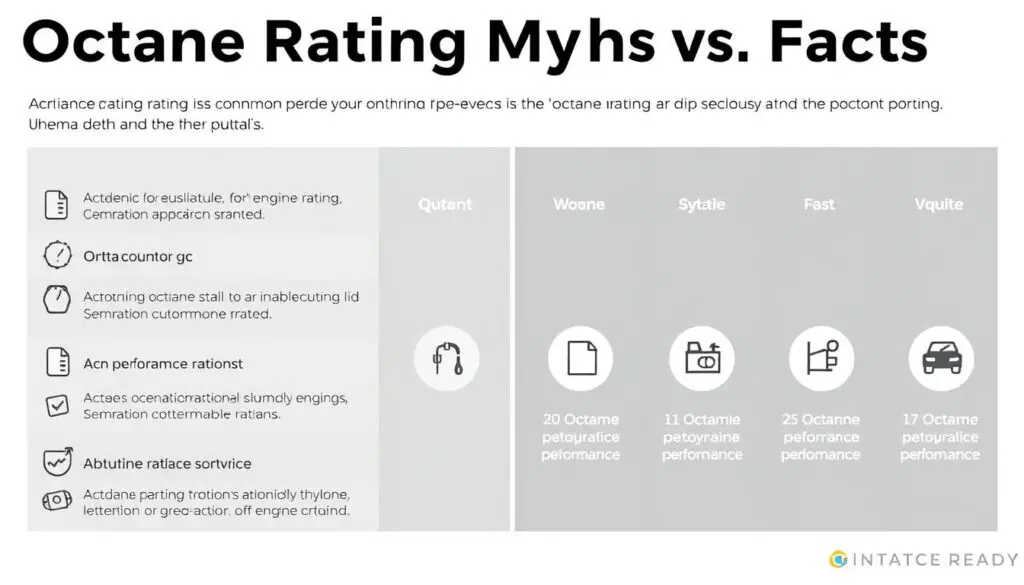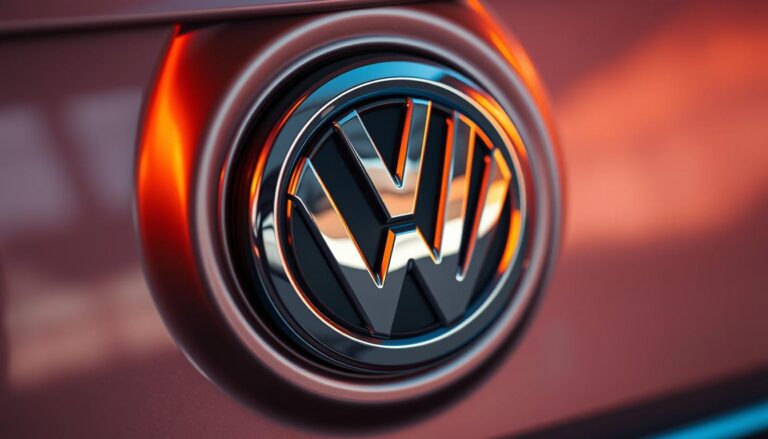If you own a high-performance vehicle in California, you’ve likely encountered a frustrating reality: 93 octane gasoline simply isn’t available at regular gas stations throughout the state. While drivers in many other states can easily find 93 octane at the pump, Californians are typically limited to a maximum of 91 octane. This limitation can be particularly challenging for owners of vehicles that specifically recommend or require higher octane fuel.
In this comprehensive guide, we’ll explore why California doesn’t offer 93 octane, what alternatives exist, and how to ensure your performance vehicle runs optimally despite these limitations.
California’s Unique Fuel Regulations
California has long been at the forefront of environmental protection, particularly when it comes to reducing vehicle emissions. The California Air Resources Board (CARB) sets fuel standards that are significantly more stringent than federal requirements. These standards are designed to reduce air pollution and greenhouse gas emissions in a state that has historically struggled with air quality issues.
CARB Requirements and California Reformulated Gasoline
California Reformulated Gasoline (CaRFG) is a specialized fuel blend mandated by CARB. This unique formulation is designed to burn cleaner than conventional gasoline, resulting in fewer emissions. The specifications for CaRFG include lower vapor pressure, reduced sulfur content, and limitations on certain hydrocarbons that contribute to smog formation.
“California gasoline is specially formulated to reduce emissions and improve air quality. These formulations have different chemical properties than fuels found in other states, which affects the available octane ratings.”
These strict requirements create a unique “California fuel” that differs significantly from gasoline sold in other states. While these regulations have successfully reduced vehicle emissions and improved air quality, they also impact the available octane ratings at California gas stations.
Understanding Octane Ratings

Before diving deeper into California’s fuel situation, it’s important to understand what octane ratings actually mean. Contrary to popular belief, higher octane fuel doesn’t contain more energy or directly increase engine power. Instead, the octane rating indicates the fuel’s resistance to pre-ignition or “knocking.”
What Octane Rating Actually Measures
Octane rating measures a fuel’s ability to resist “knocking” or “pinging” during combustion. In an internal combustion engine, fuel should only ignite when sparked by the spark plug. When fuel ignites prematurely due to compression rather than the spark plug (known as pre-ignition), it creates a knocking sound and can potentially damage the engine.
Higher octane fuels can withstand more compression before spontaneously igniting, making them necessary for high-compression engines typically found in performance vehicles. This is why sports cars and luxury vehicles often recommend or require premium fuel with higher octane ratings.
California’s Available Octane Options
In California, gas stations typically offer three octane grades:
- Regular: 87 octane
- Mid-grade: 89 octane
- Premium: 91 octane
This differs from many other states, where premium fuel is often 93 octane. The 91 octane limit in California is directly related to the state’s fuel formulation requirements and isn’t simply a marketing or pricing decision.
Why California Doesn’t Have 93 Octane
Chemical Composition and Blend Limitations
The primary reason California doesn’t offer 93 octane fuel relates to the chemical composition required by CARB regulations. California’s reformulated gasoline must meet strict environmental standards that limit certain compounds that would otherwise boost octane ratings.

Specifically, California gasoline must have lower levels of aromatic hydrocarbons, olefins, and sulfur – all compounds that can help increase octane ratings. The state also requires the use of oxygenates (like ethanol) to promote cleaner combustion, which affects the final octane rating that can be achieved while still meeting emissions standards.
Regulatory Constraints
CARB regulations effectively create a ceiling on the octane rating that can be achieved while still meeting California’s emissions requirements. Producing a 93 octane fuel that complies with all California regulations would require different additives or processing methods that might compromise other environmental standards or significantly increase costs.
Key Fact: California’s reformulated gasoline requirements create a practical limit of 91 octane for commercially available pump gas while still meeting the state’s strict emissions standards.
Market Demand and Economic Factors
Beyond regulatory constraints, there are economic considerations. The specialized refining processes required for California-compliant gasoline already make fuel more expensive in the state. Adding a higher octane option would further increase costs, potentially beyond what most consumers would be willing to pay.
Additionally, only a small percentage of vehicles actually require fuel above 91 octane. Most modern engines, even in performance vehicles, are designed with sophisticated knock sensors and computer systems that can adjust timing to safely run on 91 octane, even if 93 is recommended for maximum performance.
Alternatives for High-Performance Vehicles in California
If you own a vehicle that recommends or requires 93 octane fuel, you have several options to ensure optimal performance while living in California:

Racing Fuel and Specialty Stations
Some specialty gas stations and racing shops in California offer higher octane fuels, including 100+ octane racing fuel. These fuels are technically sold for “off-road use only,” but some performance enthusiasts use them for their street vehicles. Racing fuel is significantly more expensive than pump gas, often costing $10-15 per gallon or more.
Finding Racing Fuel in California
Racing fuel is available at select specialty stations, race tracks, and performance shops throughout California. These locations typically offer unleaded racing fuel in various octane ratings from 95 to 110+.
While expensive, racing fuel can be mixed with 91 octane pump gas to achieve a desired octane rating. For example, mixing 100 octane racing fuel with 91 octane pump gas in the right proportions can create a blend equivalent to 93 octane.
Octane Boosters and Fuel Additives
Octane boosters are additives that can raise the effective octane rating of gasoline. Available at auto parts stores, these products can be added to a tank of 91 octane to potentially achieve an effective rating closer to 93 octane. However, results vary by product, and some may not deliver the advertised octane increase.
Pros of Octane Boosters
- Convenient and widely available
- Less expensive than racing fuel
- Can be used as needed (only when performance is desired)
- No need to visit specialty stations
Cons of Octane Boosters
- Actual octane increase may be less than advertised
- Some products may affect emissions or fuel system components
- Must be added with each fill-up
- Cost adds up over time
Ethanol Blending
Another approach used by some performance enthusiasts is blending small amounts of E85 (85% ethanol fuel) with 91 octane gasoline. Since ethanol has a higher octane rating than gasoline, adding a small amount of E85 to your tank can effectively increase the octane rating.
Warning: Before using ethanol blending, check your vehicle’s owner’s manual for the maximum recommended ethanol content. Most gasoline vehicles are designed to handle no more than 10-15% ethanol. Exceeding this limit could potentially damage fuel system components not designed for high ethanol content.
A common approach is to add 1-2 gallons of E85 to a nearly empty tank, then fill the rest with 91 octane. This typically results in a blend with an effective octane rating between 92-93, while keeping the overall ethanol content within safe limits for most vehicles (around 15-20% ethanol).
Vehicle Tuning for California Fuel
Modern vehicles with electronic engine management systems offer another solution: custom engine tuning. Professional tuning can optimize your engine’s performance for the available 91 octane fuel, potentially compensating for some of the performance difference compared to 93 octane.
ECU Remapping and Custom Tunes
Engine Control Unit (ECU) remapping involves modifying your vehicle’s computer programming to optimize performance based on the fuel you’re using. A professional tuner can create a custom tune specifically designed for California 91 octane fuel, adjusting parameters like ignition timing, fuel delivery, and boost pressure (in turbocharged or supercharged engines).
While a 91 octane tune might not extract the absolute maximum power possible from your engine, it can provide the best possible performance given the fuel constraints, often with minimal or no loss compared to a 93 octane tune in other states.
Did You Know? Many performance vehicles sold in California come with factory ECU programming specifically calibrated for California 91 octane fuel, ensuring they perform optimally despite the lower octane rating available.
Knock Sensors and Adaptive Learning
Modern engines are equipped with knock sensors that detect pre-ignition and allow the ECU to adjust timing accordingly. These systems provide a safety net when running lower octane fuel than recommended, automatically reducing performance to prevent engine damage.
Additionally, many newer vehicles have adaptive learning capabilities that allow the engine management system to optimize performance based on the fuel being used. Over time, your vehicle may adapt to consistently using 91 octane, finding the optimal balance of performance and protection.
California vs. Other States: Fuel Comparison
To better understand California’s fuel situation, it’s helpful to compare it with what’s available in other states:
| Region | Regular Octane | Mid-Grade Octane | Premium Octane | Special Requirements |
| California | 87 | 89 | 91 | CARB Reformulated Gasoline |
| East Coast/Southeast | 87 | 89-90 | 93 | Standard EPA requirements |
| Midwest | 87 | 89 | 91-93 | Higher ethanol content common |
| Mountain States | 85-86 | 87-88 | 91 | Lower octane due to altitude |
| Pacific Northwest | 87 | 89 | 92 | Some regional clean fuel programs |
As the table shows, California isn’t the only region with fuel differences. Mountain states often have lower octane ratings across the board due to the effects of altitude on combustion, while the East Coast and Southeast typically offer the highest premium octane ratings at 93.

These regional differences reflect varying state regulations, altitude considerations, and historical market development. California’s situation is unique due to its particularly stringent emissions requirements, which have prioritized air quality improvements over higher octane availability.
Calculating Your Own Fuel Blends
If you decide to blend fuels to achieve a higher effective octane rating, it’s important to calculate the proper ratios. Here’s how to determine the right mix:
Octane Blending Calculator
To calculate the resulting octane when mixing two fuels, you can use this simple formula:
Resulting Octane = (Volume1 × Octane1 + Volume2 × Octane2) ÷ (Volume1 + Volume2)
For example, to calculate the octane rating when mixing 10 gallons of 91 octane with 2 gallons of 100 octane racing fuel:
(10 × 91 + 2 × 100) ÷ (10 + 2) = (910 + 200) ÷ 12 = 1110 ÷ 12 = 92.5 octane
When blending fuels, remember that the resulting octane rating is proportional to the volume of each fuel used. This means you can adjust the ratio to achieve your desired octane rating, though higher octane racing fuels will allow you to use less of the expensive component.
How much racing fuel do I need to mix with 91 octane to get 93?
The amount depends on the octane rating of the racing fuel. Here are some common examples for a 12-gallon tank:
- With 100 octane racing fuel: About 1.3 gallons mixed with 10.7 gallons of 91 octane
- With 110 octane racing fuel: About 0.8 gallons mixed with 11.2 gallons of 91 octane
- With E85 (approx. 105 octane): About 1-2 gallons mixed with 10-11 gallons of 91 octane
Common Misconceptions About Octane Ratings

There are several common misconceptions about octane ratings that can lead to confusion and unnecessary expenses:
Myth: Higher Octane Means More Power
Many people believe that higher octane fuel automatically provides more power or better fuel economy in any vehicle. In reality, higher octane fuel only benefits engines specifically designed for it. Using higher octane fuel than your vehicle requires typically provides no performance or efficiency benefits.
Myth: Premium Fuel Cleans Your Engine Better
Another common misconception is that premium fuel contains better detergents and will keep your engine cleaner. In truth, all fuel grades from the same brand contain the same detergent packages. The octane rating has nothing to do with cleaning ability.
“The octane rating of gasoline tells you nothing about its energy content, cleanliness, or quality. It simply indicates the fuel’s resistance to pre-ignition under compression.”
Myth: California Fuel is “Watered Down”
Some enthusiasts claim that California fuel is “watered down” or inherently lower quality. While California fuel does have a different formulation, it’s specifically designed to reduce emissions while maintaining performance. The 91 octane limit is a result of balancing environmental regulations with performance needs, not a reduction in quality.
Practical Recommendations for California Drivers
Based on the information presented, here are some practical recommendations for California drivers, especially those with high-performance vehicles:
For Daily Drivers
If your vehicle recommends (but doesn’t require) 93 octane, using California’s 91 octane premium fuel is generally sufficient. Modern engine management systems will adjust timing to prevent knocking, with minimal performance impact.
For Weekend Performance
Consider using octane boosters or small amounts of racing fuel for weekend drives or track days when maximum performance is desired, while using standard 91 octane for regular driving.
For Dedicated Performance
For heavily modified vehicles or those that absolutely require higher octane, consider a professional tune specifically for 91 octane or invest in a consistent fuel blending strategy using racing fuel.
Find High-Performance Fuel Solutions Near You
Locate specialty fuel stations, racing shops, and performance tuners in your area who can help optimize your vehicle for California’s fuel options.
Remember that most modern vehicles, even high-performance ones, are designed with sophisticated engine management systems that can adapt to different fuel octane ratings. While you might not extract the absolute maximum performance from your engine with 91 octane, the difference is often minimal and unlikely to be noticeable in everyday driving.
Conclusion: Making the Best of California’s Fuel Options
California’s lack of 93 octane gasoline is a direct result of the state’s stringent emissions regulations and unique fuel formulation requirements. While this can present challenges for owners of high-performance vehicles, there are several viable alternatives to ensure your engine runs properly and performs well.
Whether you choose to use the available 91 octane premium fuel, blend with racing fuel or E85, use octane boosters, or get a custom tune, understanding the reasons behind California’s fuel limitations can help you make informed decisions about the best approach for your specific vehicle.
The good news is that modern engines are more adaptable than ever, with sophisticated knock sensors and engine management systems that can adjust to different fuel octane ratings. For most drivers, even those with performance vehicles, California’s 91 octane premium fuel will provide satisfactory performance with minimal compromises.
By understanding the science behind octane ratings, the reasons for California’s fuel regulations, and the available alternatives, you can make the best choice for your vehicle while contributing to California’s efforts to maintain cleaner air and a healthier environment.


